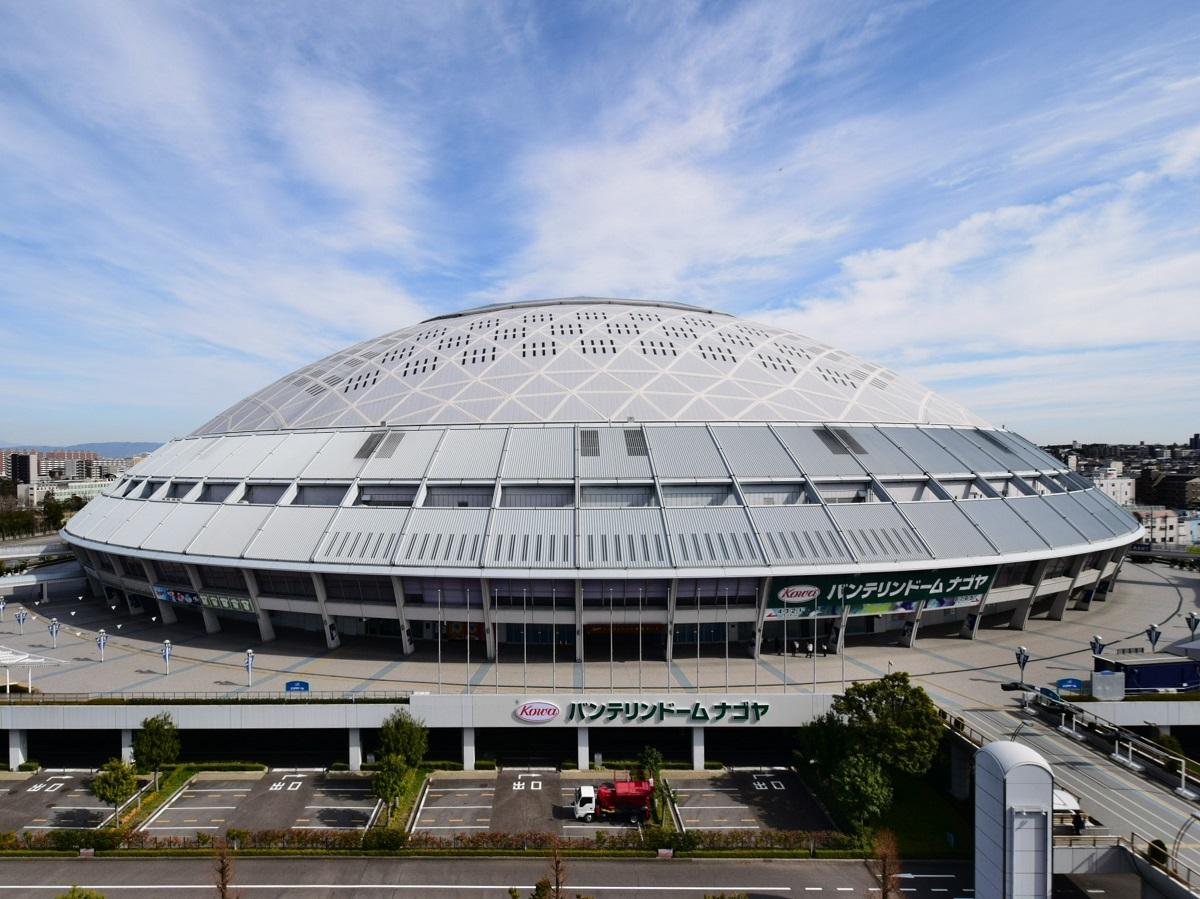The Tokyo Dome opened in 1989, followed by the Fukuoka Dome in 1993, and the Osaka Dome, Nagoya Dome, and Sapporo Dome in 1997 and 2002, collectively known as Japan’s “Big Five Domes.” The Seibu Dome in Saitama, also known as the MetLife Stadium, underwent renovation in 1999 but differs slightly with its semi-open roof and is not commonly counted among the “Big Five.”
These venues are home to baseball games and have become iconic concert arenas for international and Japanese artists, attracting tens of thousands of fans. Exclusive dome tours symbolize a performer’s immense popularity, making these domes highly significant for music enthusiasts.
Tokyo Dome

Tokyo Dome, Japan’s pioneering dome stadium, hosts the Yomiuri Giants baseball team. It is nestled in Tokyo’s bustling heart and surrounded by a vibrant complex known as Tokyo Dome City, featuring department stores, amusement parks, dining spots, and hotels.
Visitors can shop, dine, and easily commute via train or bus, making it a popular venue for baseball, concerts, basketball, American football, and professional wrestling. It hosts some of Japan’s biggest sporting events, making it the ideal place to follow live events, and even bet on your favourite team using the bet365 bonus code for a more rewarding experience.
Fukuoka PayPay Dome

Fukuoka PayPay Dome, home to the Fukuoka SoftBank Hawks, is conveniently a 15-minute walk from the nearest coastal subway station. It’s surrounded by shopping, dining, the Hilton Fukuoka Sea Hawk hotel, OPA department store, DOGOT baseball souvenir shop, and the must-visit Sadaharu Oh Baseball Museum for pre-game entertainment.
Its unique feature is exceptional sightlines, providing clear views from almost any angle during baseball games or concerts. Fukuoka PayPay Dome stands out as Japan’s only stadium with a retractable roof, albeit opened only for pre-game warm-ups and post-Hawks’ victories due to the 20-minute process and 1,000,000 yen cost.
Kyocera Dome Osaka

Kyocera Dome Osaka serves as the Orix Buffaloes’ home field and is temporarily used by the Hanshin Tigers during the summer Koshien baseball tournament. Its distinct UFO-like design features a futuristic silver wavy edge and a towering rounded roof, making it the tallest among all domed stadiums with nine above-ground levels and an underground floor.
Despite its impressive stature, limited space means just two levels of viewing platforms in the outfield, leading to some spectator blind spots. The narrow outer walkway can cause delays during entry and exit. Located in Nishi-ku, Osaka, near the Osaka Gas Building, the dome was built alongside a shopping mall, now the AEON shopping center, providing pre-event dining and shopping opportunities.
Nagoya Dome

Nagoya Dome, home to the Chunichi Dragons, is an excellent venue for both baseball games and concerts. It boasts unobstructed views, spacious seating, Wi-Fi, a large electronic scoreboard, ample parking, and easy access to the nearby AEON shopping center.
The only downside is its distance from the city center, resulting in crowds at the nearby shopping center on event days. For concert attendees, consider buying merchandise in the morning and then returning to the city for dinner before heading back to the stadium at night, although it can be time-consuming.
Sapporo Dome

Sapporo Dome in Hokkaido is a multi-purpose stadium hosting baseball and soccer events. It is home to the Hokkaido Nippon-Ham Fighters baseball team and the Hokkaido Consadole Sapporo Association football club. The stadium features an artificial turf field for baseball and a unique “hovering soccer stage” with a grass pitch for soccer matches. When not used, the grass pitch is raised on cushions and rolled out of the stadium for maintenance.
A standout feature is the automatic seat retraction system that tilts the seats when the movable doors open. This provides an ideal viewing angle for soccer and baseball games. When the doors close, the seats return to their original positions.








